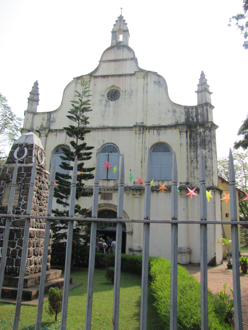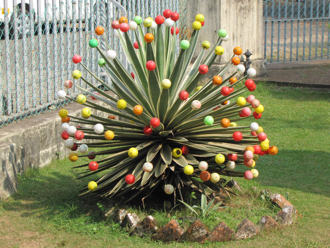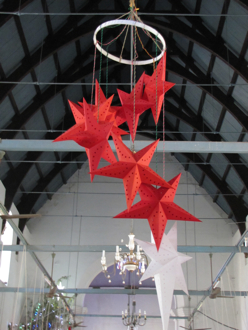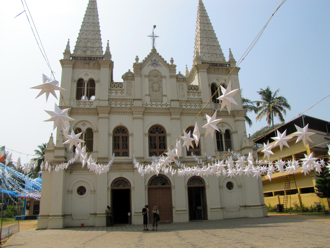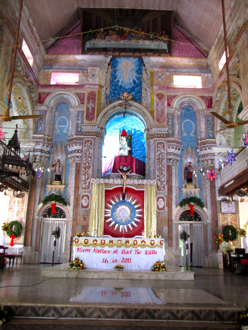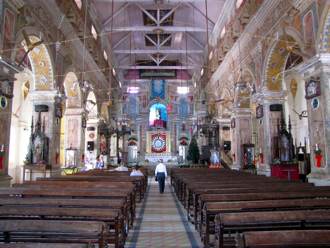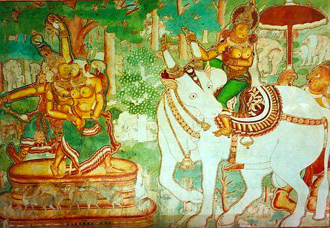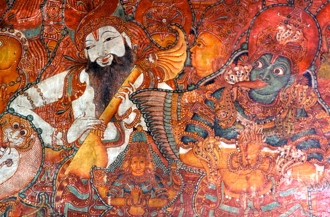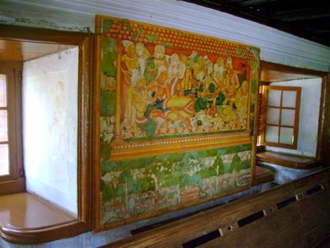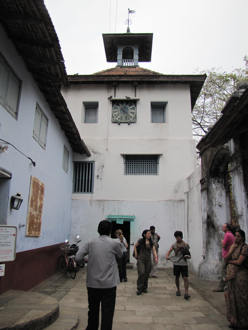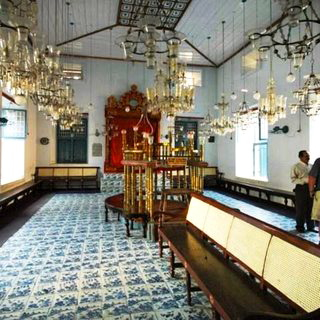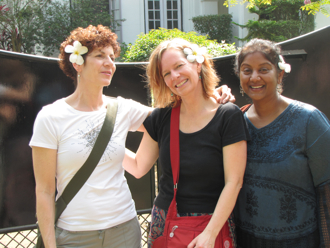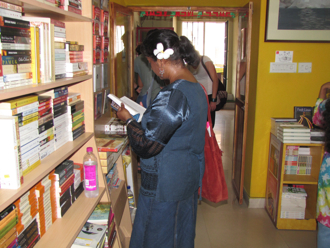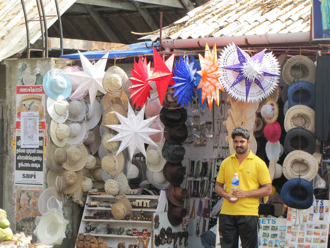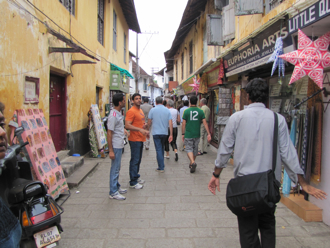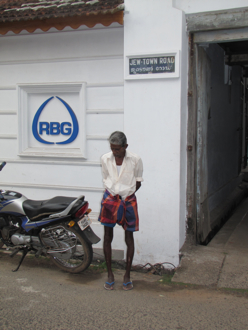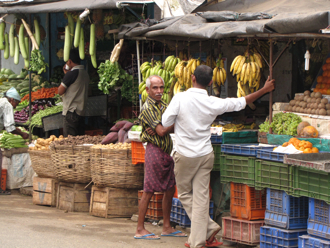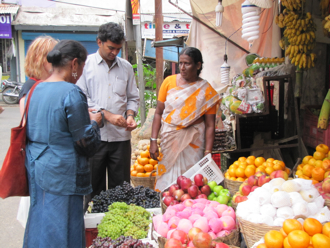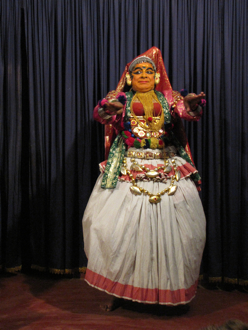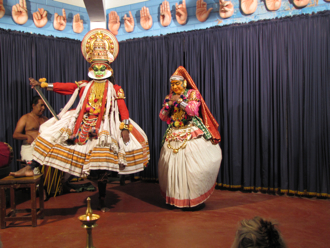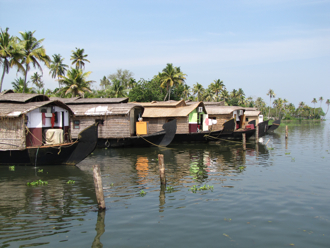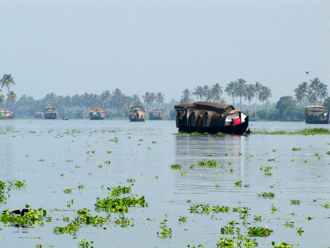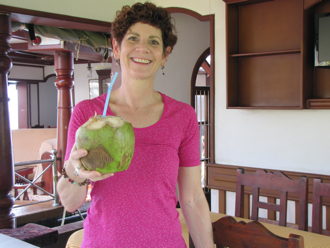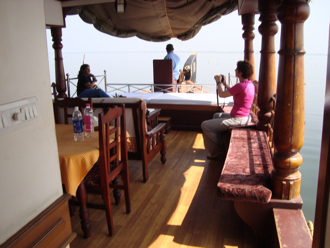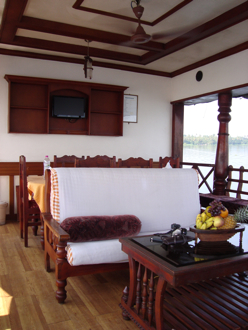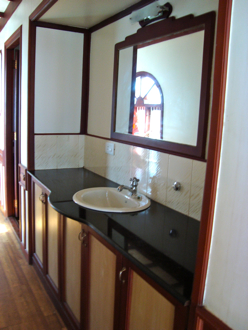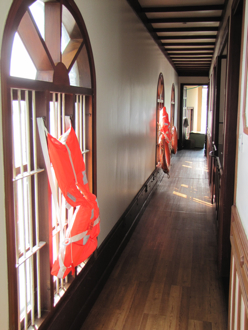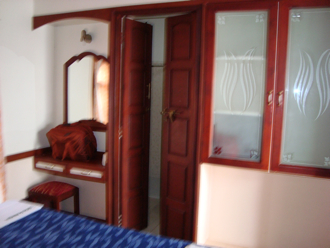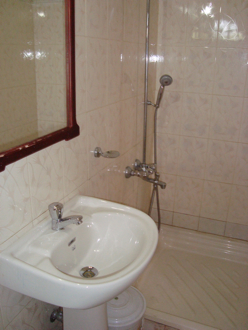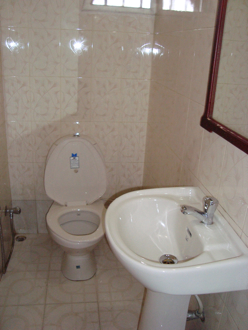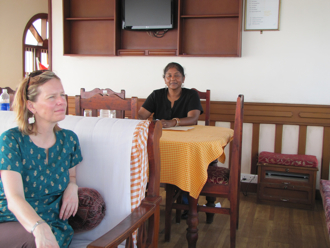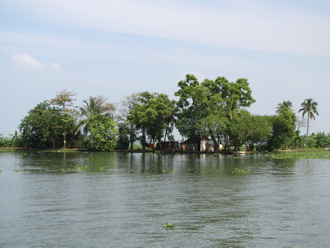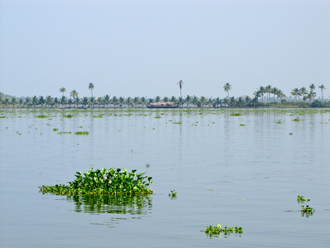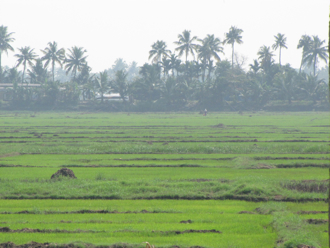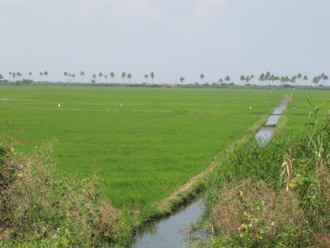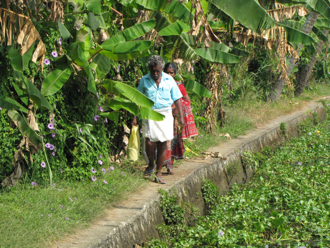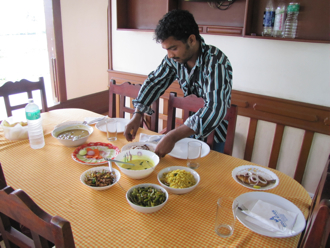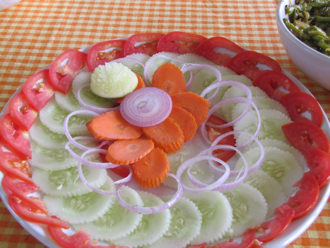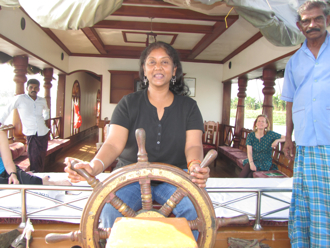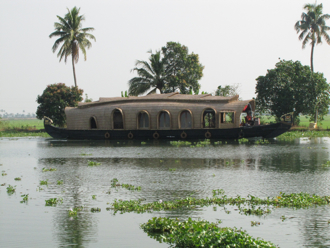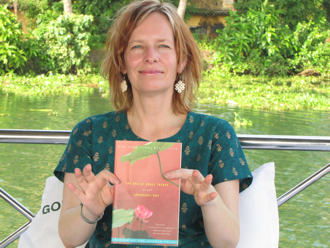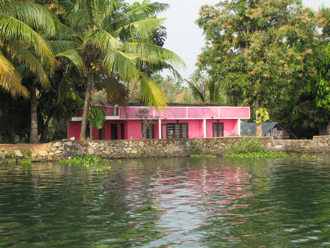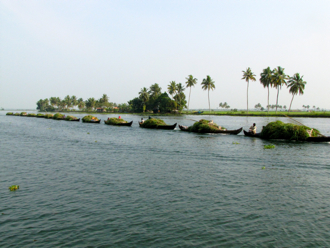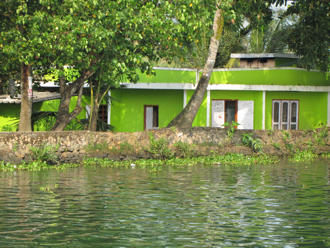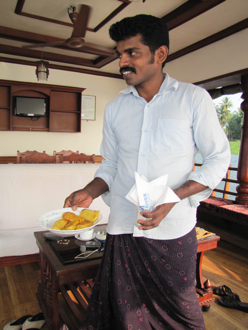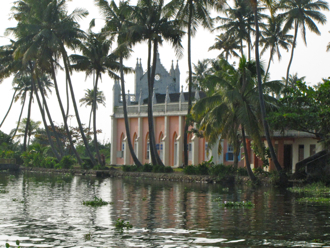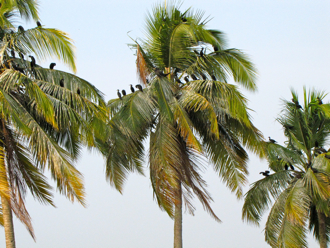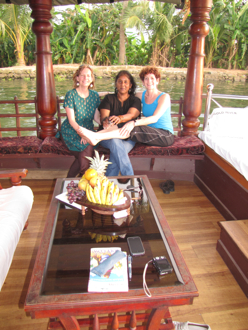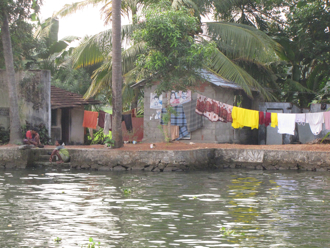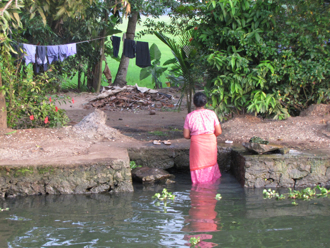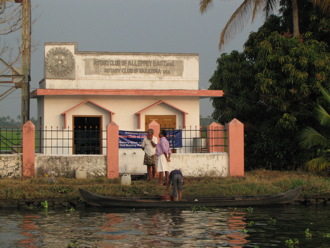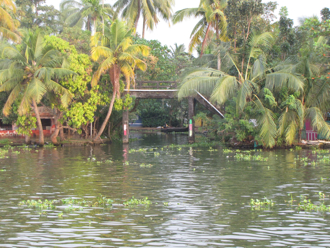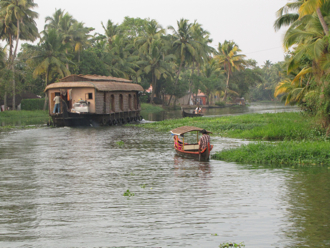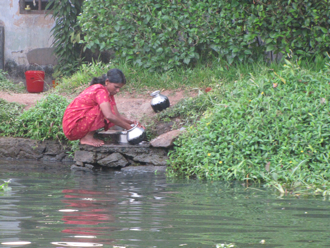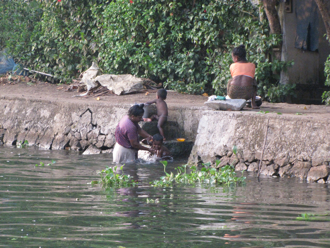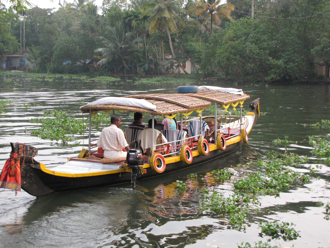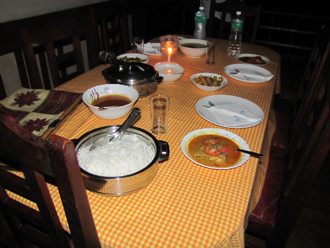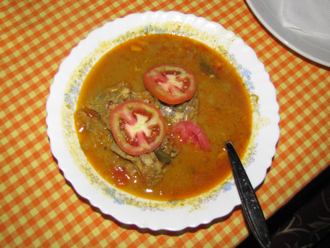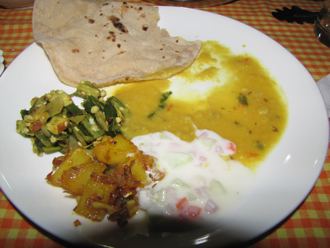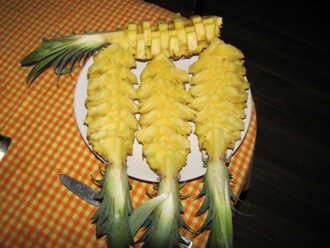Kerala’s 2000 Years of Religious Diversity and Tolerance
I was fascinated to learn that Hindus, Muslims, Christians, and Jews have peacefully coexisted in Kerala for 2000 years. The Muslims, Christians, and Jews all arrived from the Middle East, brought by their involvement in the spice trade. Because Kerala has been active in the spice trade for so long, it was a place of culture contact long before the European colonizers arrived. Already before the birth of Christ, Kerala was trading with Arabs, Greeks, and Romans.
Our tour focused on old parts of Kochi that highlighted this religious diversity, three adjacent neighborhood named Fort Kochi, Mattancherry, and Jew Town. Our guide in Kochi was the best on the whole trip - he showed us really interesting things, shared a wealth of knowledge, and creatively and generously accommodated our many requests.
Syrian Christian Churches
The history of Christianity in Kerala goes back nearly to the time of Christ. Popular tradition holds that St. Thomas (“Doubting Thomas”) arrived in Kerala in 52 AD and founded a number of churches. These old Christian churches follow the Syrian liturgy, and are therefore known as Syrian Christian churches. It was our impression that over time, the Syrian Christian churches had integrated some Hindu symbolism and religious practices. Unfortunately we did not get to visit any of these.
St. Francis Church
Built by the Portuguese in the 1500s, this is the oldest European church in India. In successive waves of colonization, it has housed Catholics, Dutch Protestants, Anglicans, and now the Church of South India.
Santa Cruz Basilica
Always a Catholic church. Original structure built in 1500s, current one built in late 1800s.
Mattancherry Palace
Built by the Portuguese in 1500s as a present to local Raja. Local painters created amazing murals of Hindu scenes in many rooms. Unfortunately, photography was not permitted inside the building. But here are three pictures I found on the internet.
Paradesi Synagogue
Built in the 1500s, in a community called Jew Town that dates back to 52 AD. It is the oldest synagogue in the Commonwealth. Photography was again forbidden inside the building, so I’ve included an internet picture.
Fort Kochi
The neighborhood of Fort Kochi was filled with picturesque stores and other buildings. We enjoyed wandering around. Our guide took us to a spice store run by a women’s cooperative – I bought all the spices that were new to me! He also took us to an excellent bookstore. Books are much cheaper in India than in the US. I got a nice book on Indian trees for $1, and a Keralan cookbook. We saw many tourists in Fort Kochi, mainly young backpack granola types.
Kathakali Dance
In the evening, we went to a performance of traditional Keralan dance, termed Kathakali. It reminded me of opera – there is a dramatic and stylized storyline, with the actors emoting strongly. In Kathakali, the performers also use a series of hand gestures that have particular meanings. However, only aficionados know what all these gestures mean.
